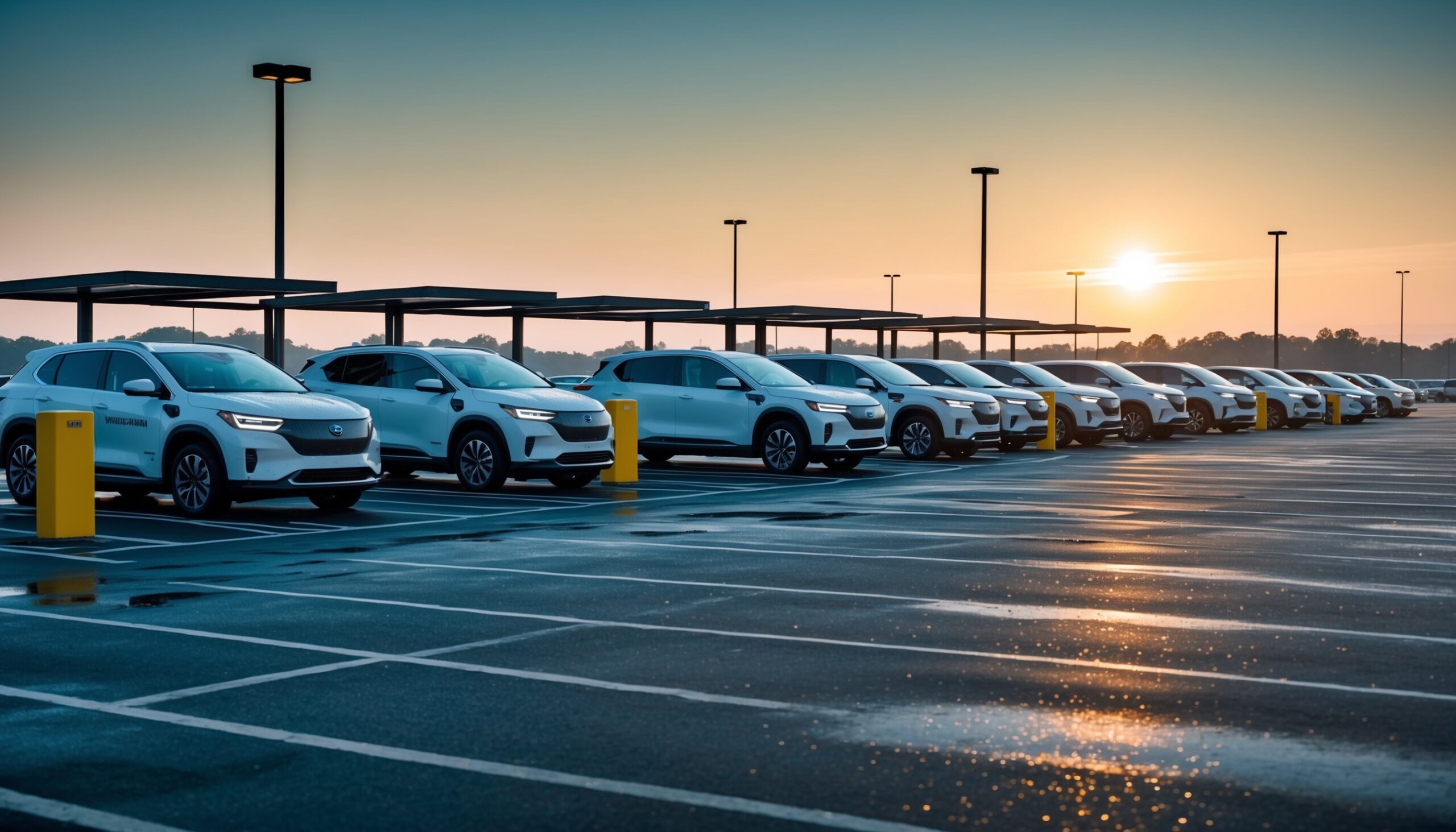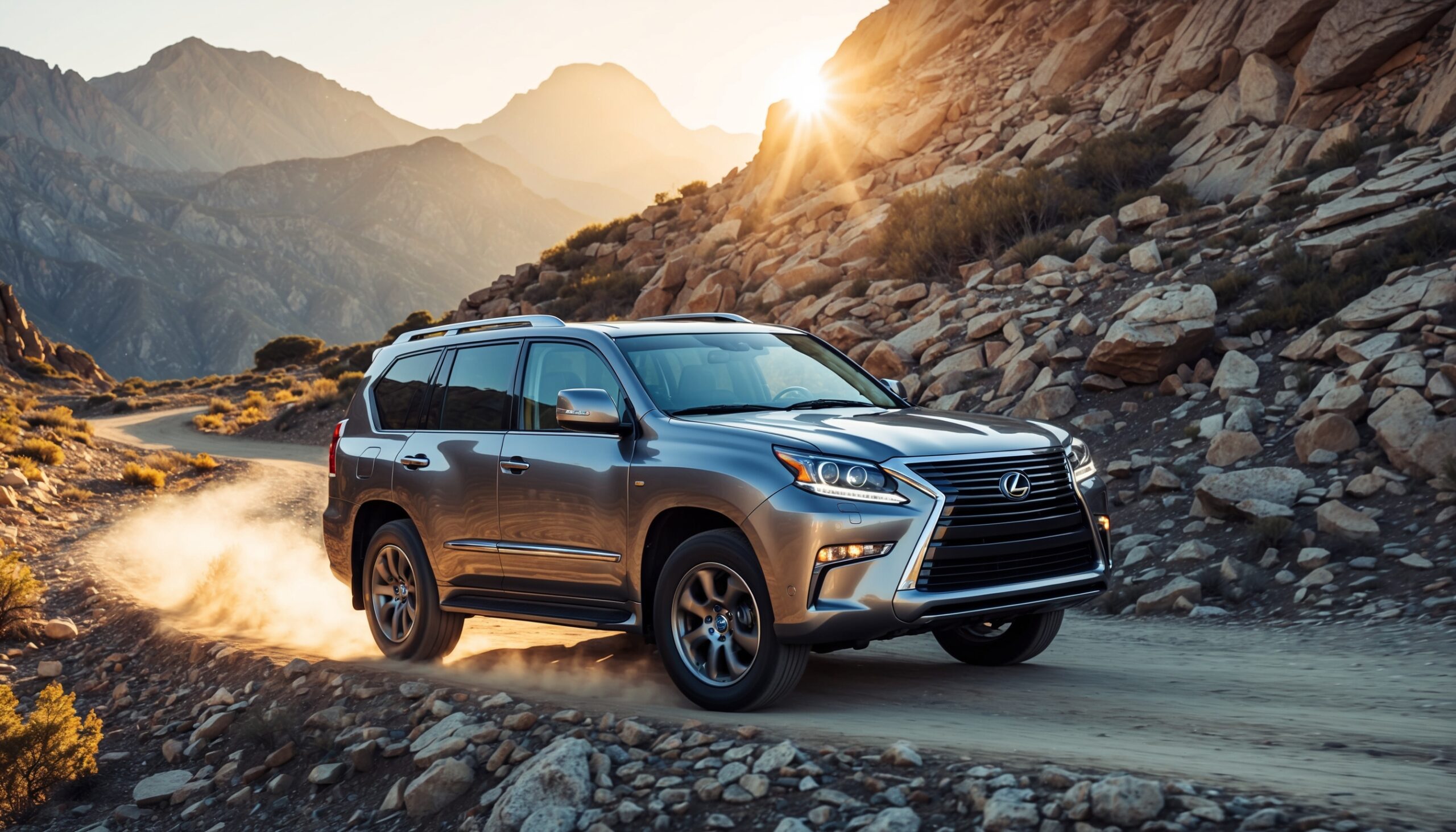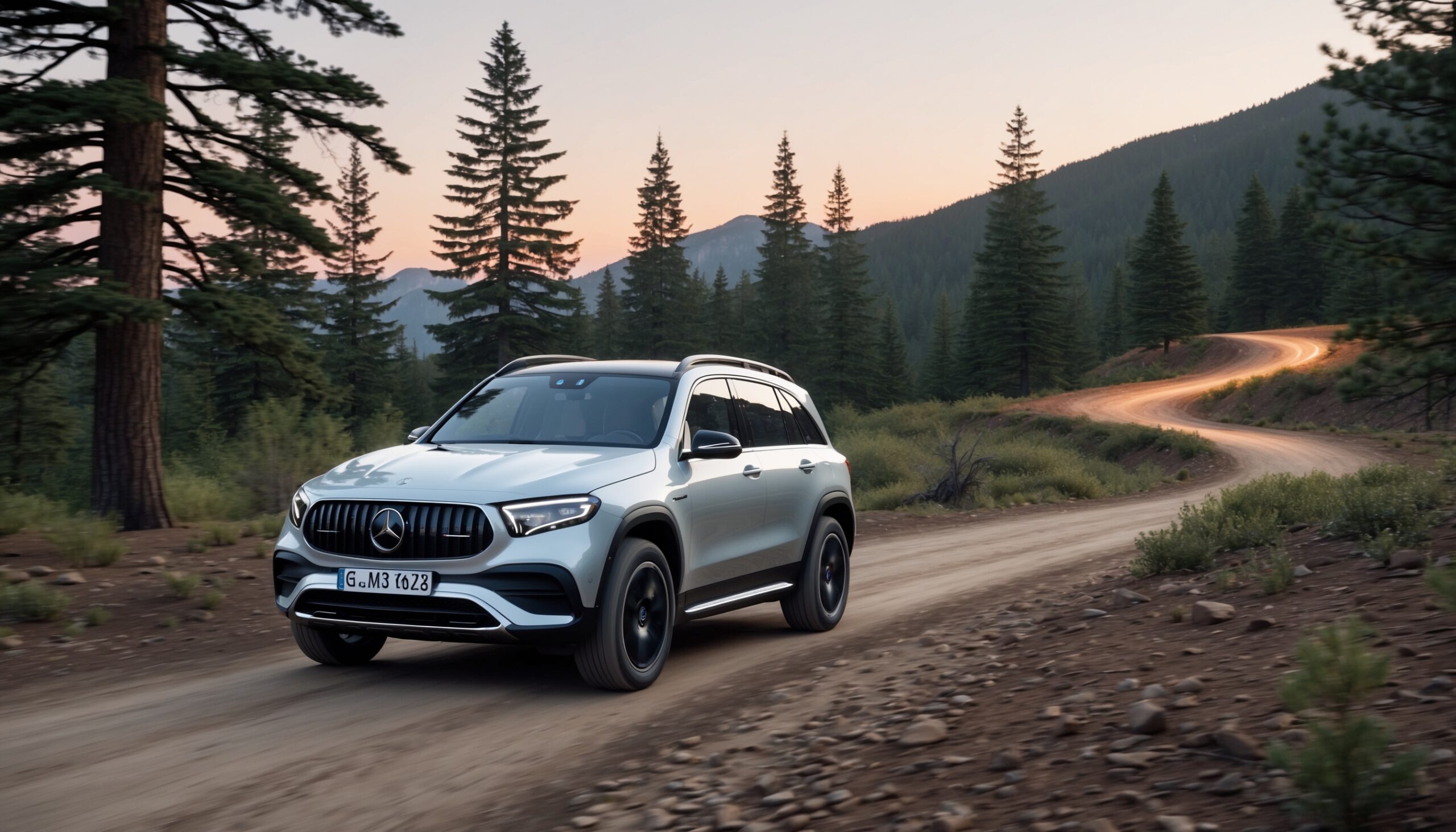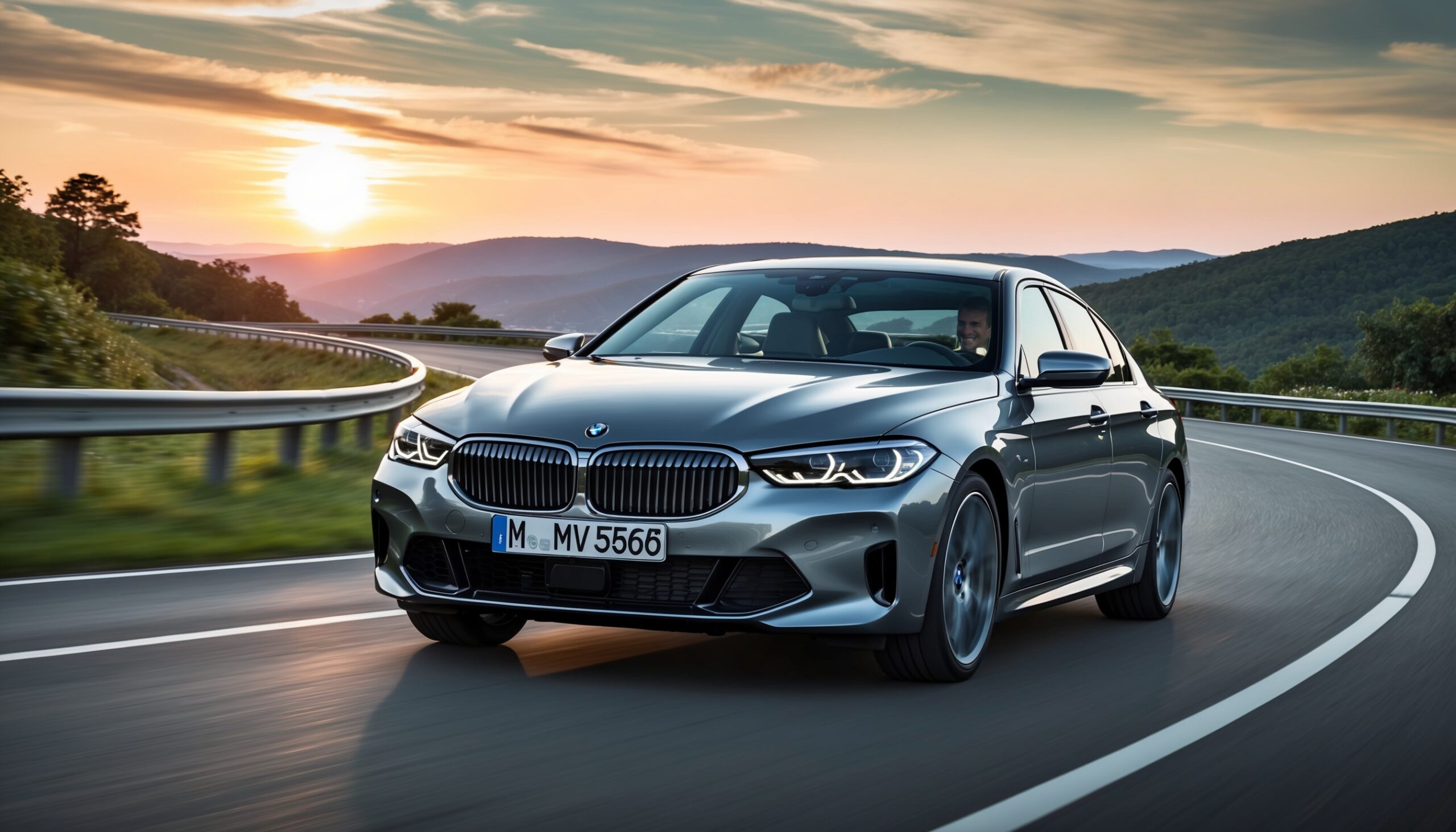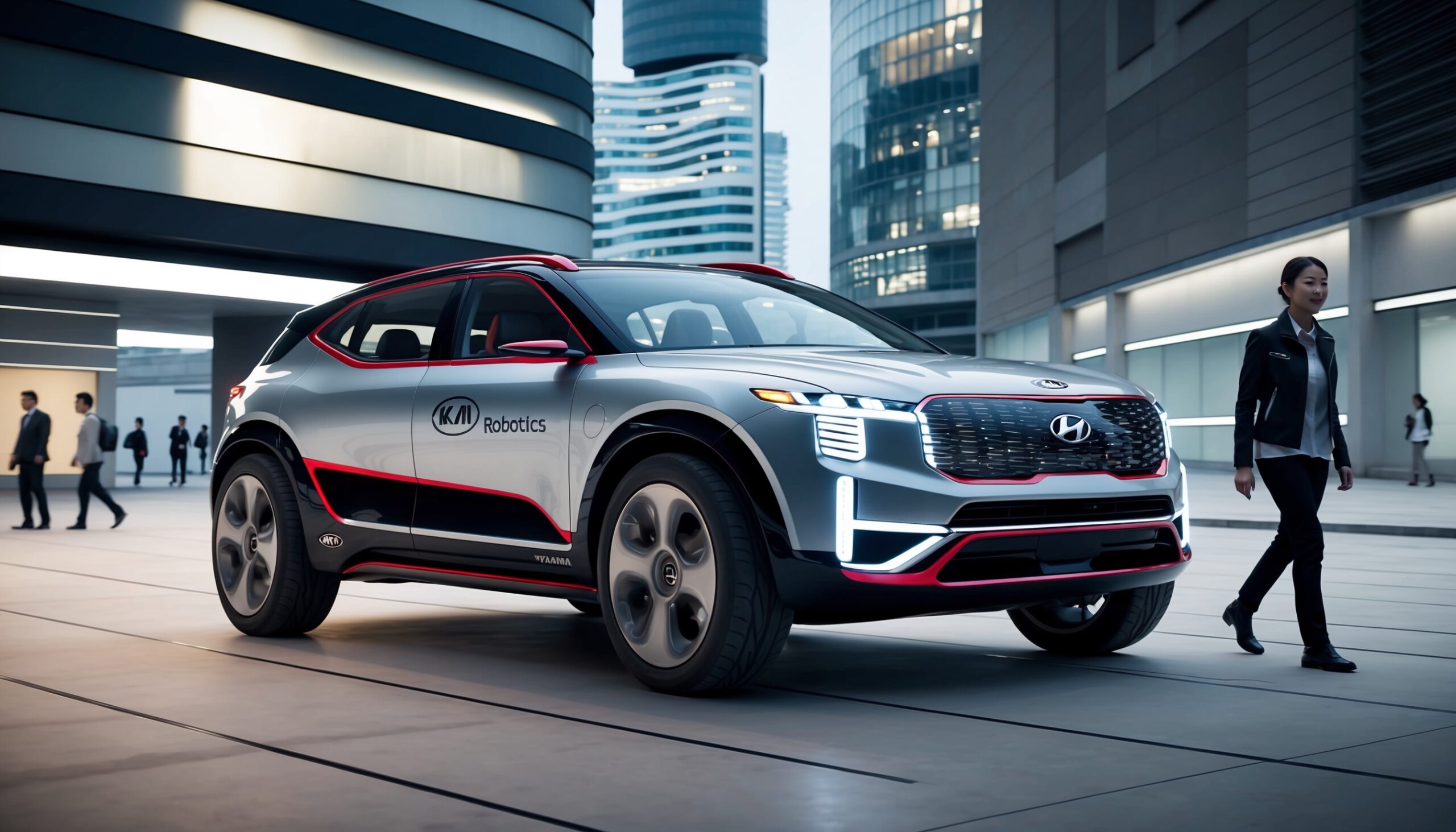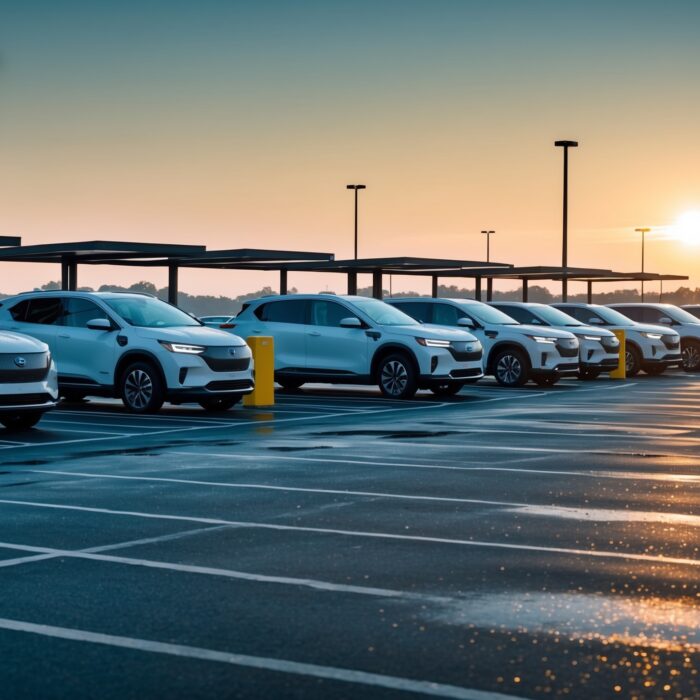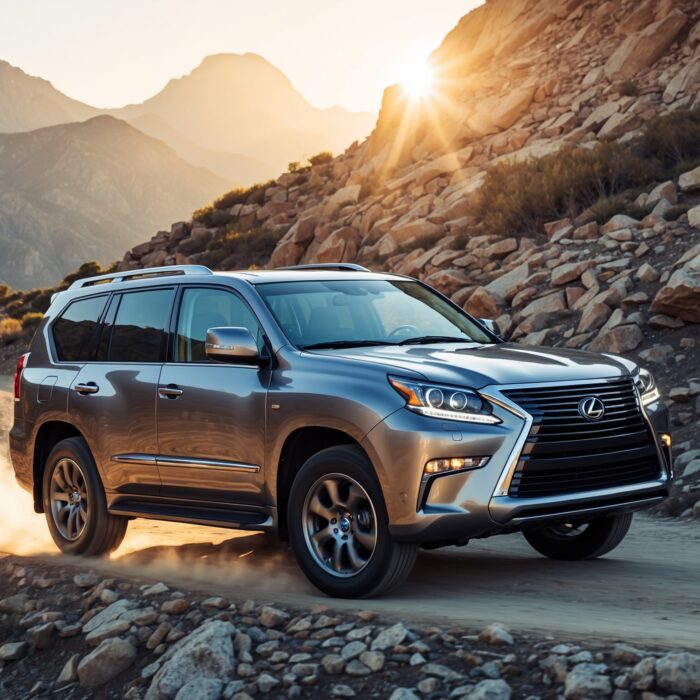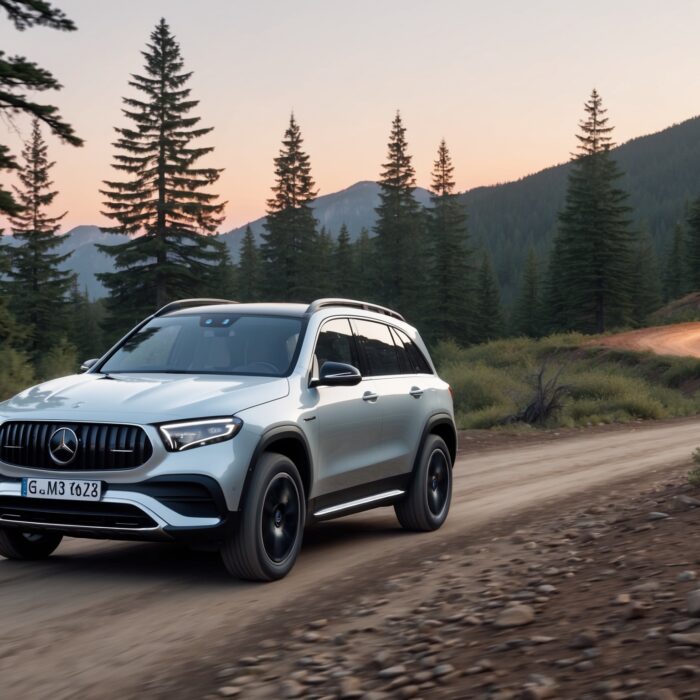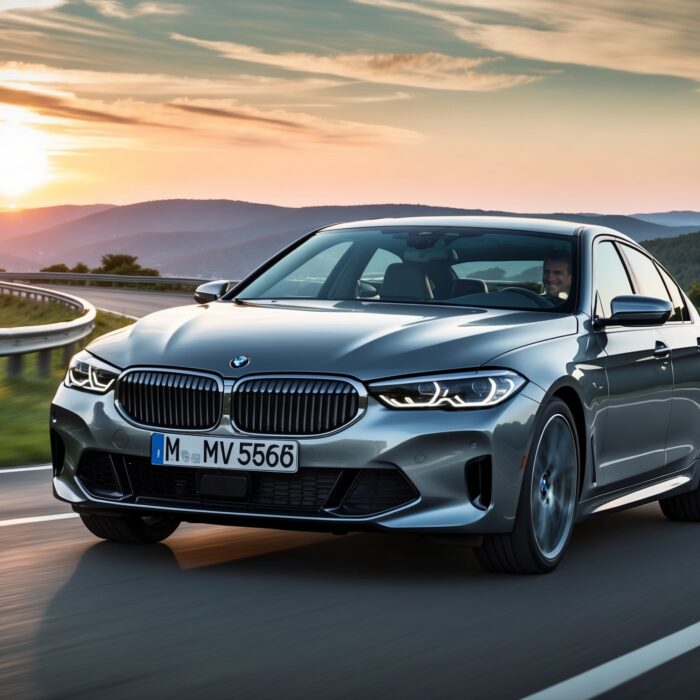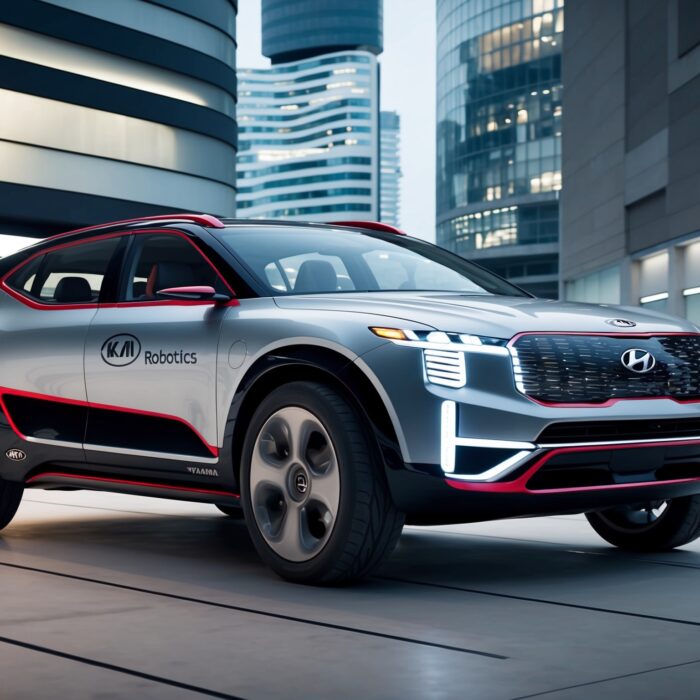The Future of the Hybrid: Why Plug-in Hybrids are Making a Comeback
As automotive enthusiasts, we often find ourselves marveling at the rapid evolution of vehicle technology. One of the most significant shifts in recent years has been in the realm of hybrid vehicles. While hybrids have been around for quite some time, plug-in hybrids (PHEVs) are experiencing a resurgence that’s hard to ignore. In this post, we’ll dive into the reasons behind this comeback and explore how PHEVs are shaping the future of the automotive landscape. So, buckle up and let’s hit the road!
Understanding Plug-in Hybrids
To appreciate the current renaissance of plug-in hybrids, it’s essential to understand what they are. A plug-in hybrid electric vehicle combines a traditional internal combustion engine (ICE) with an electric motor and a rechargeable battery. Unlike conventional hybrids that rely primarily on the gasoline engine, PHEVs can be charged from an external power source, allowing them to run on electric power alone for shorter distances.
The Mechanics of PHEVs
Plug-in hybrids generally feature a larger battery than regular hybrids. This larger battery capacity allows for a more extended electric-only driving range, typically between 20 to 50 miles, depending on the model. Once the battery is depleted, the vehicle seamlessly transitions to the gasoline engine, providing the driver with the best of both worlds.
The Benefits of Plug-in Hybrids
Why are automotive manufacturers and consumers alike buzzing about PHEVs? Let’s break down some of the key advantages:
- Reduced Emissions: PHEVs produce fewer emissions than their traditional counterparts, especially when driven in electric mode.
- Fuel Efficiency: By using electric power for short trips, drivers can significantly reduce their gasoline consumption.
- Tax Incentives: Many governments offer tax credits and incentives for purchasing plug-in hybrids, making them more appealing financially.
- Versatility: The dual powertrain allows for flexibility in driving. You can rely on electric power for short commutes and gasoline for longer trips, eliminating range anxiety.
- Lower Operating Costs: Electricity is generally cheaper than gasoline, and PHEVs can save owners money over time.
The Resurgence of PHEVs
So, what’s driving the renewed interest in plug-in hybrids? Here are some compelling reasons:
Also Read: Dynamic Roadway Charging: The Future of "Refueling" While Driving
1. Increasing Environmental Awareness
As climate change becomes a more pressing issue, consumers are more conscious of their carbon footprints. Many are seeking ways to reduce their environmental impact without fully committing to electric vehicles (EVs). PHEVs offer a practical compromise, enabling drivers to adopt cleaner technologies while still benefiting from the familiarity of gasoline engines.
2. Advancements in Battery Technology
Battery technology has come a long way in recent years. The rise of lithium-ion batteries has led to improvements in energy density, reducing costs and increasing the driving range of PHEVs. This means manufacturers can produce plug-in hybrids that are not only more efficient but also more affordable for the average consumer.
3. Expanding Charging Infrastructure
With the growth of charging stations across cities and highways, the fear of running out of battery is diminishing. Public and private investments in charging infrastructure make it easier for PHEV owners to charge their vehicles, enhancing the overall appeal of plug-in hybrids.
4. Competitive Market Dynamics
As automakers pivot towards sustainable practices, competition in the hybrid market has intensified. Major brands are expanding their PHEV offerings to capture the growing consumer interest. This has resulted in a wider range of choices for buyers, from compact cars to SUVs and even performance-oriented models.
5. Integration of Smart Technology
Modern plug-in hybrids are equipped with advanced technology that enhances the driving experience. Features like regenerative braking, adaptive cruise control, and smart energy management systems not only improve efficiency but also make driving more enjoyable. As tech-savvy consumers seek vehicles that integrate seamlessly with their digital lives, PHEVs are positioned as attractive options.
Highlights of the Latest PHEV Models
With the market bubbling over with new offerings, let’s take a look at some of the standout plug-in hybrids that are causing a stir:
1. Toyota RAV4 Prime
The RAV4 Prime is a powerhouse in the PHEV segment. With a combined output of 302 horsepower and an electric-only range of 42 miles, it’s perfect for those who want versatility and performance in an SUV package. Plus, the RAV4 Prime boasts impressive fuel economy ratings, making it an economical choice for families.
2. Ford Escape PHEV
Ford’s Escape PHEV offers a spacious interior and a user-friendly infotainment system. With an electric-only range of 37 miles, the Escape is well-suited for daily commutes. Its balance of comfort and efficiency makes it a strong contender in the growing PHEV market.
3. Kia Sorento PHEV
The Sorento PHEV combines the practicality of an SUV with the efficiency of a hybrid. With three rows of seating and the ability to travel up to 32 miles on electric power alone, this vehicle is ideal for families. Plus, Kia’s reputation for reliability adds to its appeal.
4. Honda Clarity Plug-In Hybrid
The Honda Clarity Plug-In Hybrid stands out with its sleek design and spacious interior. Offering an electric-only range of 47 miles, it caters to eco-conscious drivers who want a stylish and practical vehicle. It’s also equipped with a suite of safety features, making it a well-rounded choice.
5. Volvo XC60 Recharge
For those seeking luxury, the Volvo XC60 Recharge delivers. This plug-in hybrid SUV not only offers a refined driving experience but also an electric-only range of around 19 miles. With a focus on safety and sustainability, Volvo is carving a niche for itself in the PHEV market.
The Challenges Facing Plug-in Hybrids
Despite their many advantages, plug-in hybrids are not without challenges. Understanding these hurdles is crucial for potential buyers:
1. Perception Issues
Some consumers still harbor misconceptions about hybrids in general, associating them with lesser performance or outdated technology. Breaking down these barriers requires a concerted effort from manufacturers and enthusiasts alike, showcasing the advancements and capabilities of modern PHEVs.
2. Complexity and Maintenance
The dual powertrain system in PHEVs can lead to increased complexity, which may result in higher maintenance costs compared to traditional vehicles. While many manufacturers offer warranties and maintenance packages, potential buyers should be aware of the long-term implications.
3. Initial Costs
While PHEVs can save money in the long run, their upfront costs may deter some buyers. However, with rising fuel prices and available incentives, the financial landscape is shifting, making PHEVs more accessible than ever.
4. Charging Access
Although charging infrastructure is improving, it’s still not ubiquitous. In some regions, access to charging stations can be limited, which may hinder the overall appeal of PHEVs for potential buyers. Educating consumers about home charging options can help alleviate this concern.
Also Read: New Thermal Management Systems That are Boosting EV Charging Speeds
The Road Ahead for Plug-in Hybrids
As we look to the future, plug-in hybrids are poised to play a pivotal role in the transition to more sustainable transportation. Here are a few trends to consider:
1. Increased Government Support
With many countries pledging to reduce emissions, government policies are likely to become more favorable toward hybrid and electric vehicles. This support can include incentives for buyers, investments in charging infrastructure, and stricter emissions regulations for traditional vehicles.
2. Innovation in Design
As competition heats up, automakers are likely to invest heavily in research and development to create more compelling PHEV offerings. Expect to see sleeker designs, improved performance metrics, and cutting-edge technology in the next generation of plug-in hybrids.
3. Greater Consumer Awareness
As consumers become more educated about the benefits of PHEVs, demand is expected to rise. Educational campaigns, social media discussions, and automotive events will all play a part in spreading the word about these innovative vehicles.
4. Integration with Renewable Energy
With the growing emphasis on sustainability, the integration of PHEVs with renewable energy sources is becoming more feasible. Innovations in solar-powered charging stations and home energy systems could enhance the appeal of plug-in hybrids.
Why Torque Feed Loves PHEVs
At Torque Feed, we believe that the automotive industry is at an exciting crossroads. The resurgence of plug-in hybrids signals a shift toward more sustainable and efficient transportation solutions. They offer a practical alternative for those who want to reduce their environmental impact without sacrificing the convenience and performance of traditional vehicles.
As enthusiasts, we appreciate the technology and engineering that goes into making PHEVs work. They represent a fusion of innovation and tradition, allowing drivers to enjoy the best aspects of both electric and gasoline powertrains.
The future of the automotive industry is bright, and plug-in hybrids are undoubtedly a crucial part of that landscape. So, whether you’re a die-hard petrolhead or someone looking to make a greener choice, there’s no denying that PHEVs are worth considering. The road ahead is filled with opportunity, and we can’t wait to see where it leads!

